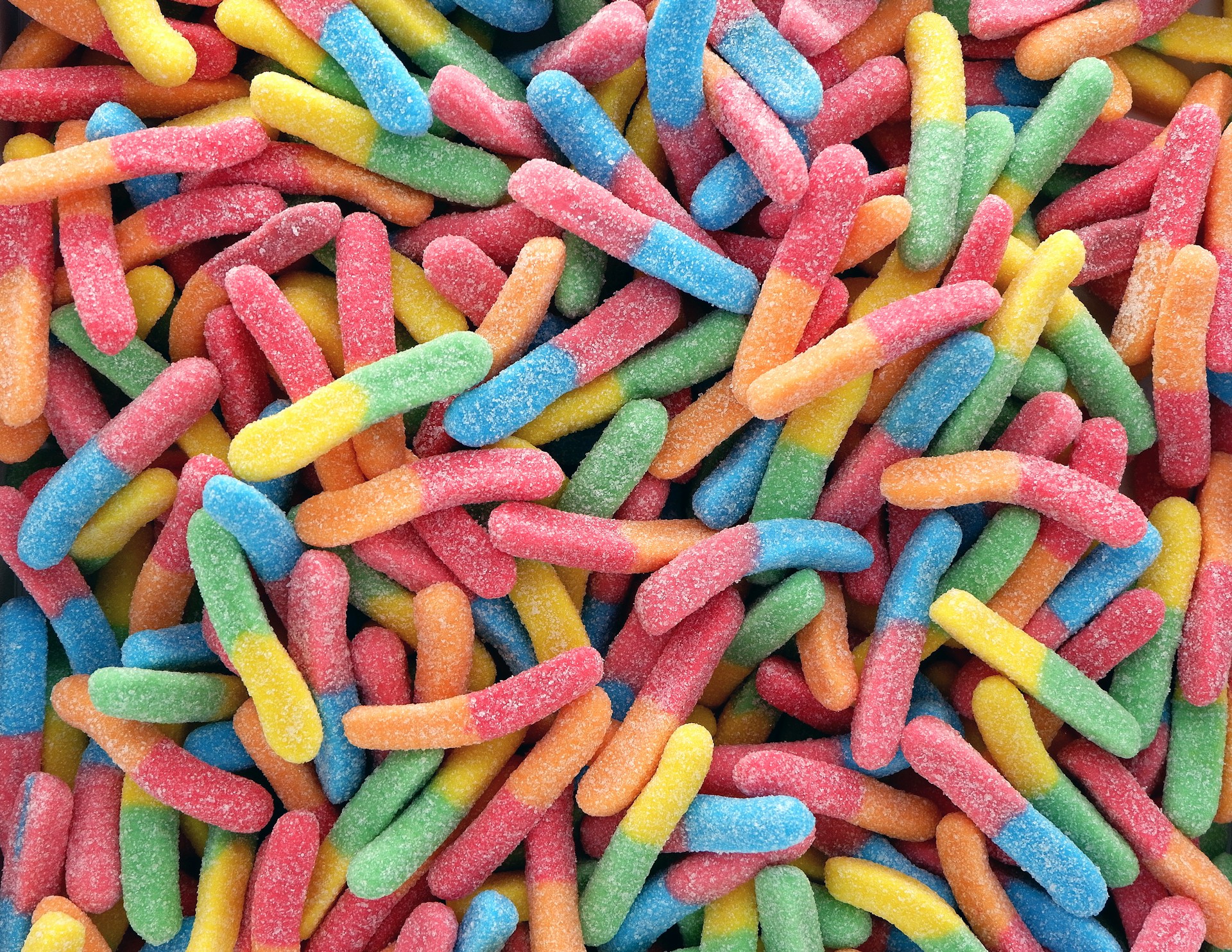U.S. News
Can Banning Soda and Candy From SNAP Improve Public Health?
By Jake Beardslee · August 24, 2025

Restrictions on what Supplemental Nutrition Assistance Program (SNAP) recipients can purchase are spreading nationwide, with 12 states now banning soda, candy, and other foods considered unhealthy.
SNAP, which provided monthly grocery stipends to about 41 million Americans in 2024, has become a flashpoint in the Make America Healthy Again (MAHA) movement. The push, largely driven by Republican-led states, has gained approval from the U.S. Department of Agriculture (USDA). Arkansas, Florida, Idaho, Indiana, Iowa, Louisiana, Nebraska, Oklahoma, Texas, and Utah are among the states imposing bans, while Colorado is the only Democrat-led state to adopt restrictions.
Supporters argue that the changes will help combat chronic disease and reduce taxpayer spending on diet-related illnesses. Research from Tufts University estimates that poor diets cost the United States $1.1 trillion annually and contribute to roughly 500,000 deaths each year.
Republican officials have echoed those arguments. Arkansas Governor Sarah Huckabee Sanders called for limits on soda, candy, and desserts, linking them to obesity, diabetes, and heart disease. Representative Josh Brecheen argued earlier this year: “Don’t ask the taxpayer to pay for it and then also expect the taxpayer to pick up the tab for the resulting health consequences.” Health and Human Services Secretary Robert F. Kennedy Jr., a leader of the MAHA campaign, said: “For years, SNAP has used taxpayer dollars to fund soda and candy—products that fuel America’s diabetes and chronic disease epidemics,” adding that the restrictions put “real food back at the center of the program.”
Critics, however, contend that restrictions alone will not improve diets and instead reinforce stigma. Stephanie Hodges, a public health dietitian, told Newsweek: “Restrictions alone are unlikely to improve eating habits. The primary barrier to consuming healthier food is affordability…Banning certain foods, without incentives, is not going to have the impact many policymakers think it will.”
Access issues remain a central concern for opponents. According to the USDA, 53.6 million people live in low-income areas with limited access to supermarkets.
The growing debate reflects the tension between public health goals and personal freedom. Supporters see the bans as necessary to reduce taxpayer-funded health costs, while critics warn they stigmatize families and ignore systemic barriers. With more states considering similar moves, the future of SNAP is poised to be shaped by how policymakers balance nutrition, equity, and autonomy.